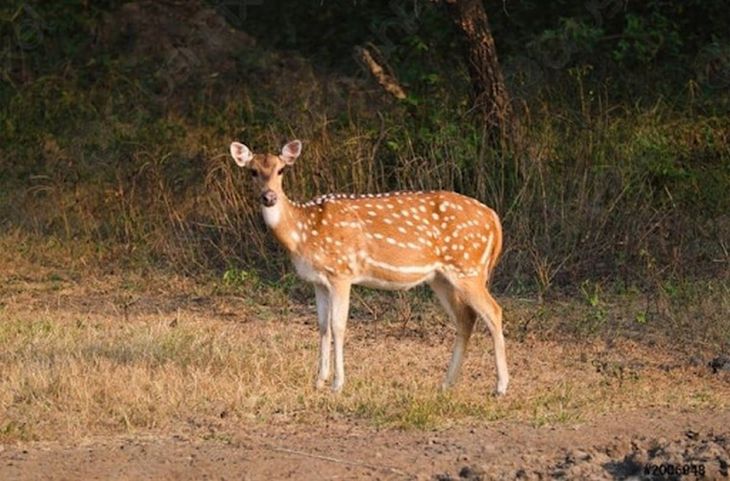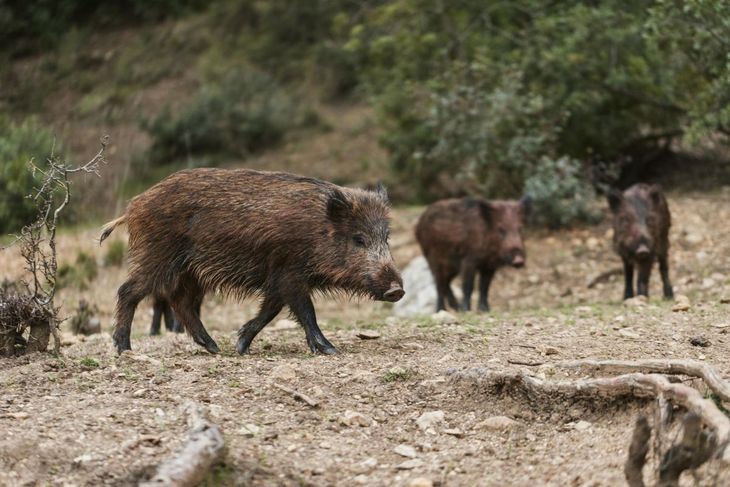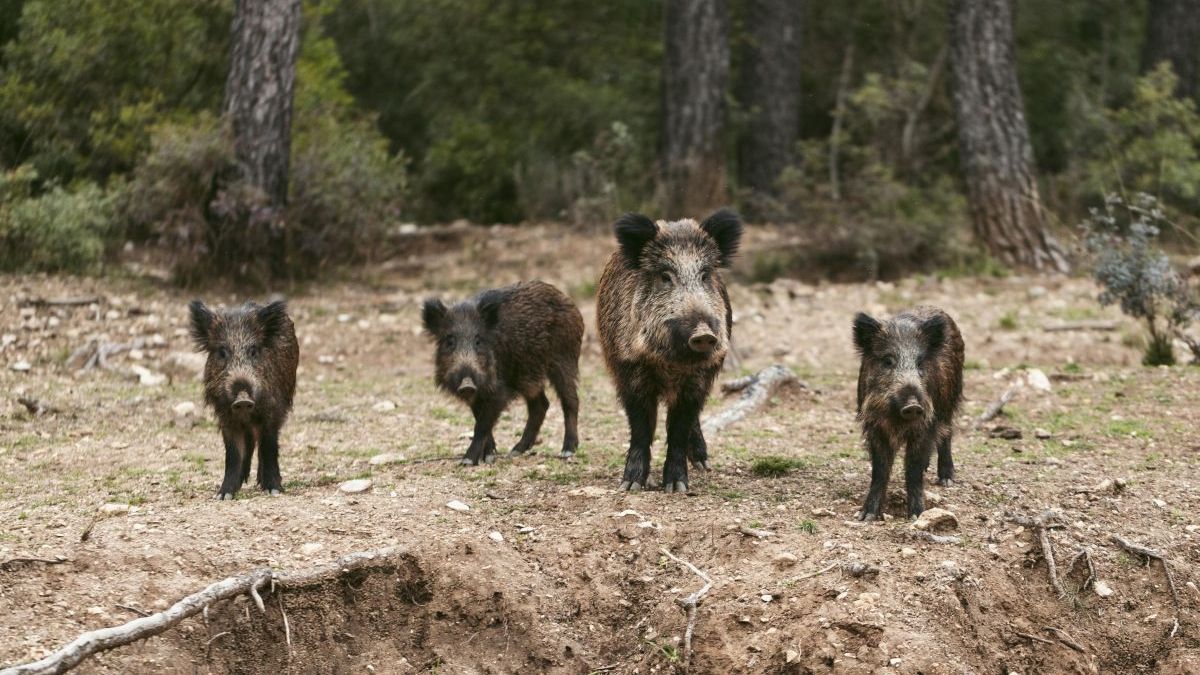The Entre Ríos Legislature approved a bill that declares three exotic species of animals that live in the province a pest. It is about the axis deerhe feral pig and the axis deerwhose hunt It must be regulated by the local Executive Branch with the objective of reducing the population of its specimens.
The text was sent by the ruling party that commands Rogelio Frigerio and the local Chamber of Deputies got the green light at the beginning of December, while the Senate did the same last week, turning it into law.
Why Entre Ríos declared three species a plague
Among its foundations, The initiative highlights that the uncontrolled proliferation of invasive exotic species generated “a crisis of multiple dimensions that requires urgent intervention” and promotes authorization in its “controlled hunting” for the purposes of “population control and damage mitigation.”
At the same time, the approved project indicates that the Entre Ríos Ministry of Economic Development will regulate the modalities of hunting licenses and permits, authorized areas, seasons, quotas for hunting invasive exotic species, guaranteeing their control and supervision.
Also that this portfolio will promote articulation and cooperation with National or Provincial organizations, Federations, private entities and technical organizations specialized in fauna and biodiversity, for the implementation of this document.
Senate Entre Ríos.jpg
The Senate of Entre Ríos, in the last session of 2024.
“The regulatory regulations will also include an education and awareness campaign about the negative impacts of these species and the need for their control by law. The regulations must guarantee the protection of the native ecosystem and fauna,” The law maintains in its article five.
In this regard, the provincial deputy Gabriela Lenaauthor of the project, said: “It is ugly to have to talk about these things because we are talking about animals, which are not to blame for what happened. The responsibility lies with the man who brought them to a hunting reserve.”
He also anticipated that the law “It will not solve the problem, but it will give the provincial government tools to make more important agreements and hunting permits to try to decimate the population of these species.”
Which animals have been declared pests in Entre Ríos?
According to the Biodiversity Information System of the National Parks Administration, The Axis deer is native to India, Sri Lanka and Nepal, and was introduced to several countries in Eastern Europe, Australia, the United States, Argentina, Brazil and Uruguay.
In Argentina it is present in the provinces of Buenos Aires, Entre Ríos, Río Negro and Neuquén. In Uruguay it is found in the west, along the coast of the Uruguay River. In Argentina it is also found in semi-captive conditions in Córdoba, Santa Fe, La Pampa, Tucumán and Chaco (Castelll).
It is equipped with a slender, graceful body and relatively short ears. The male has well-developed antlers, which normally have 3 points and are about 80 cm long; The anterior branch is short and forms an angle of almost 90° with the posterior branch, which is longer and forked. It usually lives in grasslands and open forests and avoids areas of very closed vegetation.
Deer axis.jpg

The axis deer was declared a pest in Entre Ríos.
Meanwhile, the wild boars They live in a wide variety of environments, especially with good vegetation cover, such as forests and shrubby areas.
In general, they are grouped in groups of about 20 individuals, although herds of up to 100 individuals have been observed. They are made up exclusively of females with their offspring and juveniles; Adult males are solitary and only meet with females during the mating season.
Furthermore, due to its invasive nature, it constitutes a threat to agricultural activities and the stability of many natural environments. Due to its habit of moving in large herds, rooting and trampling the ground, it destroys the vegetation; Added to this is its high fertility and the lack of natural enemies to control it. In Argentina it was introduced for sport hunting in 1906 in the province of La Pampa, in a big game reserve.
In 1953, by national law, it was declared a harmful species for agricultural and livestock activities. In Uruguay it has been declared a plague.
Wild boar.jpg

The wild boar was introduced to Argentina in 1906.
For its part, the Animal and Plant Health Inspection Service of the US government explains that feral pigs “are an invasive, harmful and destructive species.”
“Feral swine are a problem no matter where they are. They are a threat to livestock, agriculture, property, forests and other natural areas, as well as local wildlife and public health and safety,” indicates the organism.
Among the damages they cause, the destruction of properties and vegetation stands out because the pigs uproot plants or dig mud pits (large, shallow holes) in humid areas during the warmer months, marks on trees, fences or light posts because They usually rub each other; tunnels and paths through dense vegetation; footprints in the mud near springs, ponds and streams.
At the same time, feral pigs can harbor at least 30 diseases and almost 40 types of parasites that can affect the health of animals. people, pets, livestock and local fauna. They can also cause foodborne illnesses, such as Escherichia coli, toxoplasmosis, and trichinosis.
Source: Ambito




